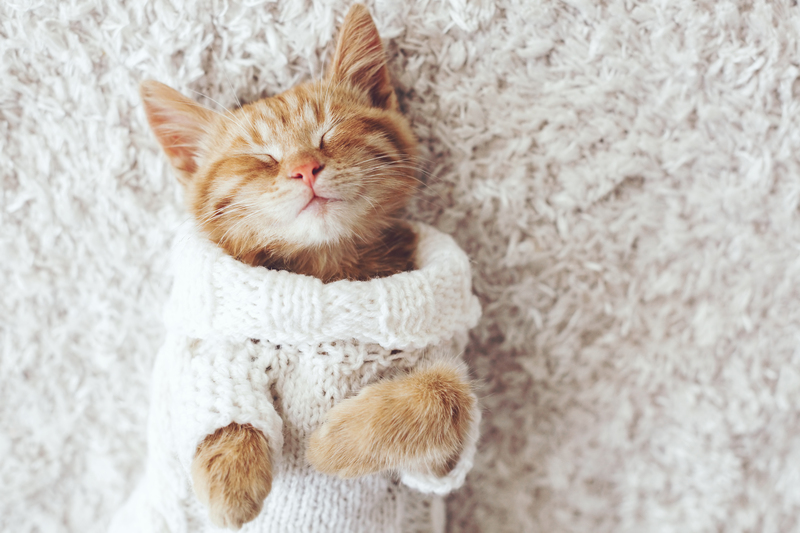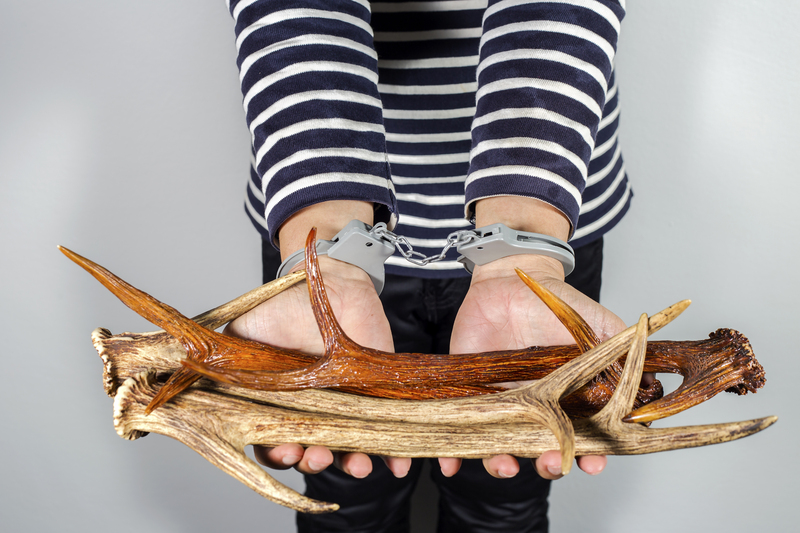Eco-Friendly Art: Discover Creative Ways to Repurpose Discarded Items
In an era where environmental sustainability and creativity go hand in hand, eco-friendly art is emerging as a revolutionary trend. By transforming discarded items into works of art, individuals, artists, and communities are not only reducing waste but also adding unique beauty to the world around us. In this comprehensive article, explore creative ways to repurpose discarded materials and discover how eco-conscious art is shaping a cleaner, more vibrant future.

What Is Eco-Friendly Art?
Eco-friendly art--also known as environmental or sustainable art--focuses on using recycled, upcycled, or found objects as materials. Rather than relying on brand-new supplies, eco artists turn to discarded items such as old magazines, plastic bottles, cans, broken electronics, fabrics, and more, giving these materials a new purpose. This approach helps conserve resources, reduce landfill waste, and sparks greater environmental awareness.
Why Is Repurposing Discarded Items Important?
Every year, millions of tons of items are sent to landfills, where they take up space and can harm our environment. Repurposing these discarded materials through art not only diverts waste but also demonstrates the power of creativity in addressing environmental issues. Eco-friendly crafts teach us to see value in what others deem as useless, inviting us to rethink our relationship with material goods.
Environmental Benefits
- Reduces strain on natural resources by reusing instead of consuming new materials.
- Decreases landfill waste and pollution.
- Lowers the carbon footprint associated with manufacturing and transporting new art supplies.
- Encourages mindful consumption and sustainable living.
Community and Educational Impact
- Builds environmental awareness among all age groups.
- Inspires communities to work together on public art projects.
- Provides an affordable way for schools and organizations to promote art education.
- Fosters creativity, critical thinking, and resourcefulness.
Popular Eco-Friendly Art Techniques
Eco artists are constantly inventing innovative ways to repurpose discarded items. From upcycled sculptures to recycled collage art, here are some inspiring techniques you can try:
1. Upcycled Sculpture Art
Sculpture is one of the most popular forms of recycled art. Artists collect old metal, plastic, wood, and electronic parts, assembling them into thought-provoking installations or whimsical statues. Examples include:
- Bottle cap mosaics
- Scrap metal animal statues
- Car parts welded into modern sculptures
- Plastics fished from oceans becoming colorful outdoor installations
2. Recycled Collage and Mixed Media Art
Collage art is an excellent way to use old magazines, newspapers, packaging, and fabrics. By layering and assembling various textures and colors, artists create visually stunning pieces. Try these ideas:
- Magazine paper portraits
- Fabric scraps forming landscapes or abstract designs
- Book pages or sheet music turned into meaningful backgrounds
- Layered cardboard reliefs
3. Painted Found Objects
Many eco-friendly artists paint directly on discarded objects, giving a burst of new life and meaning to forgotten items. For example:
- Old vinyl records transformed into colorful wall art
- Broken skateboard decks painted for unique decor
- Glass jars and bottles turned into painted vases or lanterns
- Pallet wood or driftwood painted with designs or positive messages
4. Textile Repurposing and Fiber Art
Textile waste is a significant environmental issue, but with a little creativity, your old clothes, linens, and fabric scraps can become beautiful art:
- Patchwork quilts from worn-out clothing
- Rag rugs woven from colorful textile strips
- Macrame plant hangers made from upcycled t-shirts
- Embroidery on recycled materials
5. Functional Art from Discarded Items
Eco-friendly art often blurs the boundaries between art and utility. Here's how you can repurpose discarded items into functional home decor:
- Wine corks assembled into bulletin boards or bathmats
- Shipping pallets reconstructed into rustic coffee tables
- Glass bottle chandeliers
- CDs or DVDs as reflective mosaic tiles
Creative Project Ideas: How to Get Started
Looking to make your own eco-friendly art projects? Here are step-by-step ideas and tips to inspire you, whether you're a beginner or a seasoned artist:
Project 1: Cardboard Art Sculpture
- Gather Materials: Recycled cardboard boxes, paper tubes, scissors, non-toxic glue, and paint.
- Create Shapes: Cut the cardboard into various shapes--think circles, triangles, or freeform pieces. Stack and glue them into interesting abstract forms.
- Paint and Decorate: Once assembled, paint your sculpture or add recycled magazine clippings for extra texture.
- Display: Show off your eco-sculpture as a centerpiece at home or school.
Project 2: Glass Jar Luminaries
- Collect Jars: Use empty glass jars from sauces or jams; clean them thoroughly.
- Decoration: Apply tissue paper, beads, or bits of colored glass using eco-friendly glue.
- Lighting: Place a tea light or LED candle inside the jar for a glowing effect.
- Upcycle for Occasions: Use your luminaries for festive occasions, or as thoughtful gifts.
Project 3: Textile Wall Hanging
- Materials: Old t-shirts, fabric scraps, yarn, a wooden dowel or stick.
- Preparation: Tear or cut the fabric into strips.
- Assembly: Knot or weave the strips onto the stick in a pattern, adding beads or natural elements if desired.
- Hang: Mount your one-of-a-kind eco-tapestry in your favorite space!
Tips for Sourcing and Working with Discarded Materials
- Local Thrift Shops: Great sources for fabric, frames, and odd objects.
- Community Freecycles: Join online groups where neighbors give away usable items.
- Reuse Centers and Scrap Stores: Many cities offer dedicated centers for secondhand craft materials.
- Creative Clutter Clearing: Raid your own closets, garages, and recycling bins for inspiration.
- Sanitize and Prep: Always clean and prep materials before using in your art.
Global Examples of Repurposed Art
Around the globe, eco-friendly artists and collectives are making headlines with extraordinary projects that highlight the potential of repurposed materials:
- El Anatsui (Ghana/Nigeria): Renowned for large-scale installations using discarded bottle caps and metal scraps, his shimmering works grace major museums worldwide.
- Bordalo II (Portugal): This street artist transforms trash into giant animal artworks, raising awareness of endangered species and pollution.
- The Washed Ashore Project (USA): Community volunteers build massive sculptures of sea creatures from plastic waste collected on beaches to highlight ocean conservation.
- Michelle Reader (UK): Creates playful figurative sculptures from post-consumer waste, including electronics, toys, and packaging.
Educational and Therapeutic Value of Eco-Friendly Art
Beyond environmental benefits, working with recycled materials in art offers unique educational, social, and mental health advantages. Here's why incorporating repurposed item crafts is especially impactful:
- Hands-On Learning: Engages students in project-based learning about sustainability, design, and problem-solving.
- Sensory and Motor Skills: Cutting, assembling, and constructing with diverse materials builds fine motor skills in children and adults alike.
- Mental Well-being: The meditative process of making art, especially using tactile recycled materials, has proven calming and restorative effects.
- Team Building: Group art projects foster collaboration, communication, and a shared sense of purpose in classrooms, families, or communities.
How to Make Your Art Practice More Eco-Conscious
If you're passionate about art and the planet, you can make meaningful choices to ensure your practice aligns with eco-friendly principles:
- Choose Non-Toxic Supplies: Opt for water-based paints, glues, and finishes that are safe for you and the environment.
- Upcycle Tools: Repurpose old brushes, containers, or storage jars for your studio setup.
- Host Swap Events: Trade surplus art supplies or unused materials with friends or local artists.
- Support Sustainable Brands: When you must buy new, select eco-conscious manufacturers committed to green practices.
- Promote and Exhibit: Use your art as a platform to advocate for environmental awareness and change.

Frequently Asked Questions on Eco-Friendly Art
What discarded items are safe and easy to repurpose in art projects?
- Clean paper/cardboard packaging
- Plastic bottles (washed, with sharp edges smoothed)
- Glass jars or bottles
- Metal cans (deburred)
- Old fabric or clothes
- Magazines/newspapers
- Broken toys or small furniture
Are there any risks to using recycled materials?
Most household items are safe if cleaned and checked for sharp or toxic elements. Avoid hazardous waste, chemicals, or items that have come into contact with food or pesticides. Always supervise children during eco-friendly craft projects.
How can artists sell eco-friendly art?
The demand for sustainable, upcycled art is on the rise! Artists can showcase their work online through social platforms, personal websites, eco-art fairs, or consignment shops. Emphasizing the story and purpose behind each piece can significantly attract environmentally minded buyers.
Conclusion: The Beauty and Impact of Repurposing in Art
Eco-friendly art is more than a passing trend--it is a movement that empowers us to transform waste into wonder, turning environmental challenges into opportunities for innovation and creativity. From sculptures and collages to functional home objects, every act of repurposing discarded items not only helps the planet but also enriches our lives and communities.
Embrace the challenge, unleash your imagination, and join the growing ranks of eco-conscious creators making art that truly makes a difference! Whether you're working solo, with friends, or as part of a community project, know that every creative step toward sustainability counts.
Start Your Own Eco-Art Project Today!
- Look around your home or neighborhood for discarded items to reuse
- Get inspired by global eco-friendly artists
- Share your unique creations and spread the word about art with a purpose
Remember: The materials are everywhere--you just need a little imagination to see them in a new light. Happy sustainable creating!